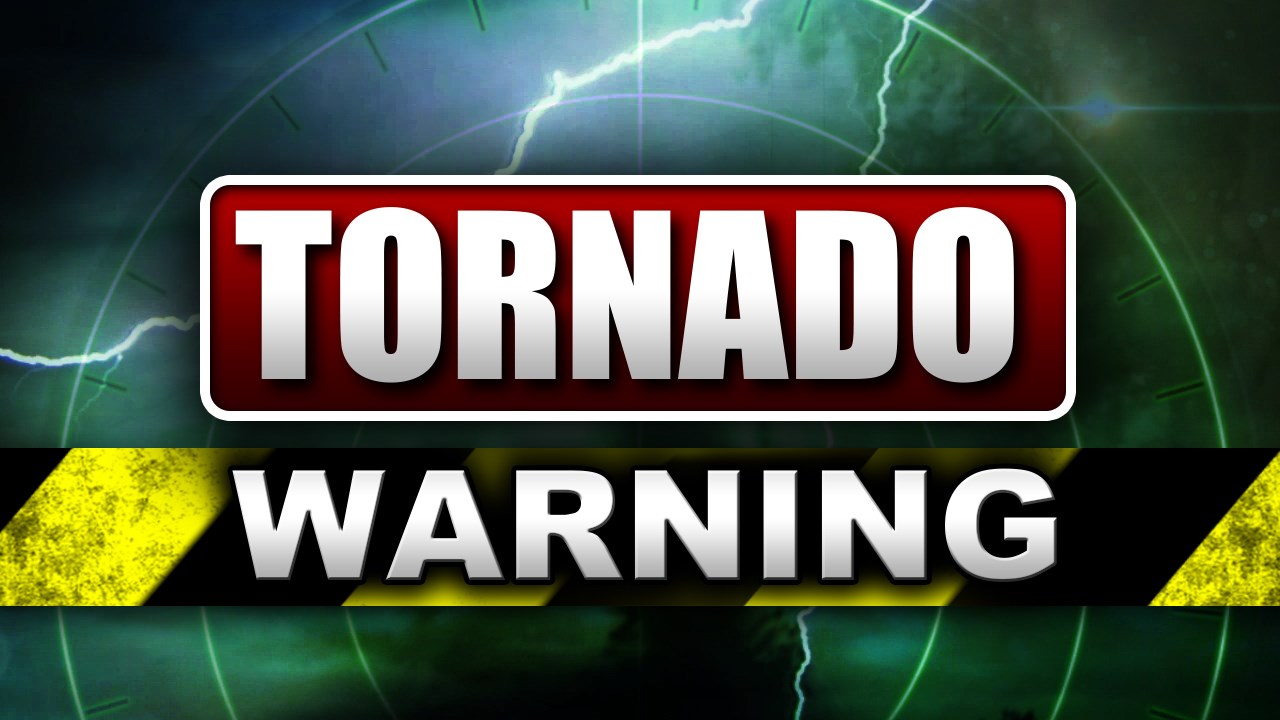Tornado Warning Basics
A tornado warning is a message issued by the National Weather Service (NWS) when a tornado has been spotted or indicated by radar. The purpose of a tornado warning is to provide the public with timely and accurate information about the location, direction, and intensity of a tornado, so that they can take appropriate action to protect themselves.
The ominous wail of tornado sirens pierced the air, sending shivers down the spines of Evansville residents. Amidst the swirling winds and torrential rain, the city braced for the wrath of nature’s fury. As the storm raged on, anxious eyes turned to the Evansville weather updates, seeking solace in the hope that the tempest would soon pass.
Tornado warnings are issued based on a variety of criteria, including:
- Radar observations: Doppler radar can detect the rotation of air within a thunderstorm, which can indicate the presence of a tornado.
- Spotter reports: Trained spotters can provide valuable information about tornadoes that are not visible on radar.
- Satellite imagery: Satellite imagery can be used to identify thunderstorms that have the potential to produce tornadoes.
- Numerical weather prediction models: These models can be used to forecast the development and movement of thunderstorms that may produce tornadoes.
When a tornado warning is issued, it is important to take immediate action to protect yourself. This may include:
- Seeking shelter in a sturdy building or underground.
- Staying away from windows.
- Covering your head and body with blankets or pillows.
- Listening to local news or weather broadcasts for updates on the tornado warning.
Tornado Warning Actions

When a tornado warning is issued, it is crucial to take immediate action to protect yourself and your loved ones. The first step is to seek shelter immediately. The best shelter is a sturdy building with a basement or interior room on the lowest floor. If you are unable to reach a building, find a low-lying area and lie down flat, covering your head with your hands.
Indoors
– Go to the basement or an interior room on the lowest floor of a sturdy building.
– Stay away from windows, exterior doors, and outside walls.
– If you are in a mobile home, evacuate immediately and seek shelter in a sturdy building.
Outdoors
– Find a low-lying area and lie down flat, covering your head with your hands.
– If you are in a car, get out and find a low-lying area to lie down in.
– Do not try to outrun a tornado in a car.
In a Vehicle, Tornado warning
– Pull over to the side of the road and stop.
– Stay in the car and buckle your seatbelt.
– Cover your head and neck with your hands.
It is also important to stay informed about the situation. Listen to local news or weather broadcasts for updates on the tornado’s path and intensity. If you are able, use your phone to send text messages or social media updates to let others know where you are and that you are safe.
Tornado Warning Communication and Education

The effectiveness of tornado warnings hinges on timely and accurate communication. A comprehensive arsenal of communication channels is employed to ensure that warnings reach the public swiftly and effectively.
Warning Dissemination Methods
- Sirens: A traditional and widespread method, sirens emit a distinctive wail or tone to alert communities of an impending tornado.
- Weather Apps: Mobile applications provide real-time weather updates, including tornado warnings, allowing users to stay informed on the go.
- Social Media: Social media platforms are increasingly used to disseminate tornado warnings, enabling rapid sharing of information and updates.
Weather Forecasting Agencies
Meteorological agencies, such as the National Weather Service (NWS), play a pivotal role in issuing and disseminating tornado warnings. These agencies monitor weather patterns, issue warnings based on observed or predicted tornado activity, and provide updates as the situation evolves.
Public Education and Community Preparedness
Public education campaigns and community preparedness programs are crucial for increasing awareness about tornado warnings and promoting appropriate response actions. These initiatives aim to educate the public on tornado safety, encourage the development of emergency plans, and foster community resilience.
A tornado warning blares, sending shivers down our spines. In this tumultuous dance of nature’s fury, weather radar becomes our lifeline. Its vigilant gaze pierces through the storm, unraveling the tornado’s path, guiding us towards safety amidst the chaos. The warning remains, but the fear subsides, replaced by a glimmer of hope amidst the tempest.